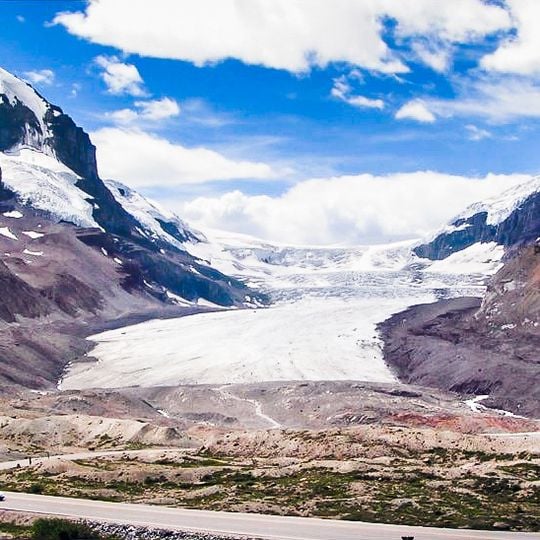Athabasca Glacier, Glacier in Jasper National Park, Canada.
The Athabasca Glacier extends 6 kilometers in length and reaches depths between 90 to 300 meters within the Columbia Icefield of the Canadian Rockies.
Over the past 125 years, this massive ice formation has retreated more than 1.5 kilometers and lost over half of its original volume due to climate changes.
The Columbia Icefield Discovery Centre provides educational exhibits about glacial formation, regional geology, and the effects of climate change on ice masses.
Specialized snow coaches transport visitors across the glacier from mid-April through mid-October, with guided tours departing regularly from the Discovery Centre.
Scientists monitor this glacier daily as it functions as a natural laboratory for studying climate patterns and geological processes in the Canadian Rockies.
Location: Alberta
Address: Athabasca Glacier, Improvement District No. 12, AB T0M 2H0, Canada T0M 2H0
GPS coordinates: 52.19083,-117.25528
Latest update: September 29, 2025 13:23
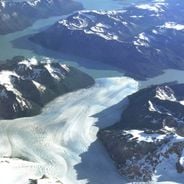
Glaciers represent some of the most remarkable natural formations on Earth. These ice masses form over centuries through the compression of snow and move slowly through valleys and across mountain slopes. They shape landscapes from the Patagonian Andes to Arctic regions and store approximately 70 percent of the world's freshwater. The Perito Moreno Glacier in Argentina covers 250 square kilometers and ranks among the few glaciers currently not retreating. The Jostedalsbreen in Norway forms the largest ice mass on mainland Europe at 487 square kilometers. The Vatnajökull in Iceland covers eight percent of the country's land area and conceals several active volcanoes beneath its ice cap. These glaciers serve science as climate archives and demonstrate through their changes the effects of rising temperatures. Many glaciers worldwide continuously lose mass, which has consequences for water supply and sea levels.
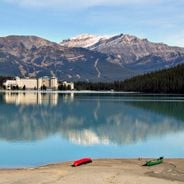
Alberta offers a wide range of landscapes and activities, from Banff National Park with its turquoise glacial lakes to the geological formations of Jasper National Park. The province is home to natural sites such as Lake Louise, Moraine Lake, and Athabasca Falls, as well as the Glaciers Parkway that crosses the Canadian Rockies over 232 kilometers. The cities of Calgary and Edmonton enhance this selection with institutions like the National Music Centre at Studio Bell, the WinSport Olympic site, and the Edmonton river valley extending along the North Saskatchewan River. In the Drumheller area, the Royal Tyrrell Museum displays dinosaur skeletons found in the Alberta Badlands. This collection highlights the main places to visit in the province, from mountain areas to urban centers.
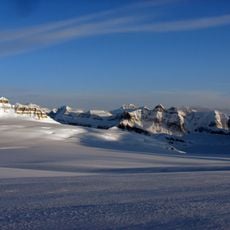
Columbia Icefield
5.5 km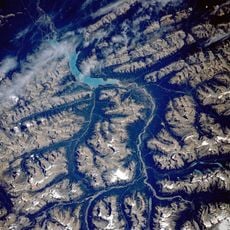
Abraham Lake
56.6 km
Mount Columbia
13.6 km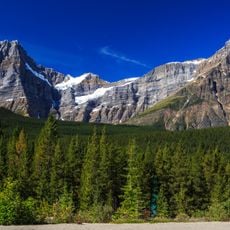
Howse Peak
57.6 km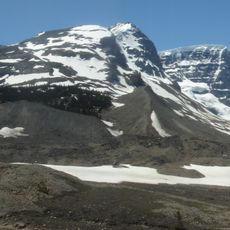
Snow Dome
4.2 km
Sunwapta Falls
46.3 km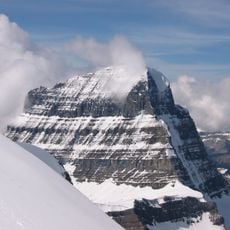
Mount Alberta
18.5 km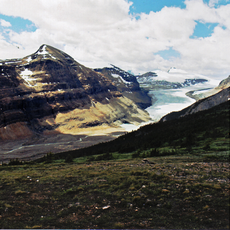
Saskatchewan Glacier
7.2 km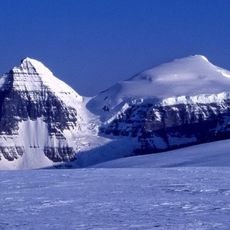
North Twin
12.8 km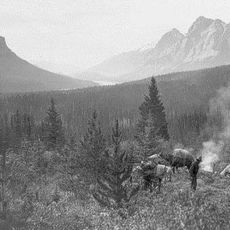
Howse Pass
46.4 km
Hamber Provincial Park
46 km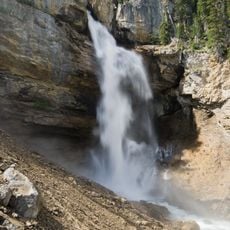
Panther Falls
13.6 km
Weeping Wall
17.5 km
Bridal Veil Falls
14.2 km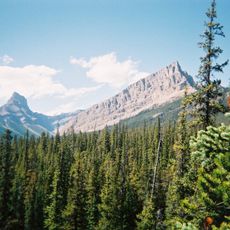
White Goat Wilderness Area
29 km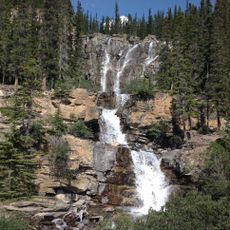
Tangle Falls
8.8 km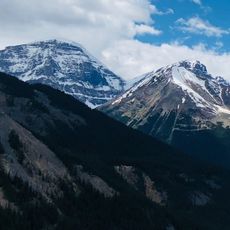
Stutfield Peak
11.6 km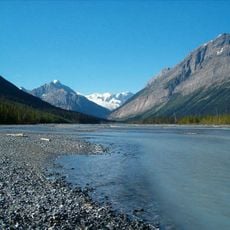
Chaba River
37.4 km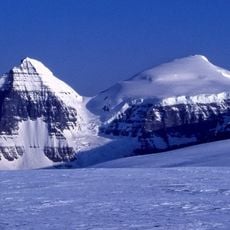
South Twin
12.3 km
Nanga Parbat Mountain
60.4 km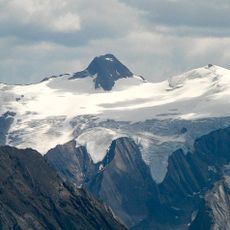
Maligne Mountain
52.2 km
Mount Unwin
50.3 km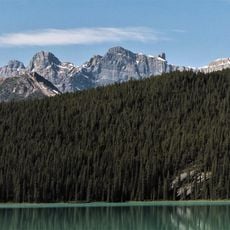
Mount Synge
59.1 km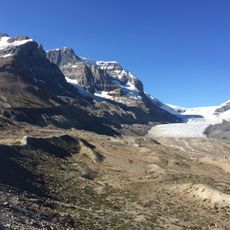
Columbia Glacier
9.3 km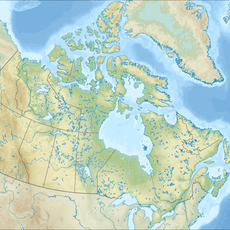
Mount Whiteaves
60.7 km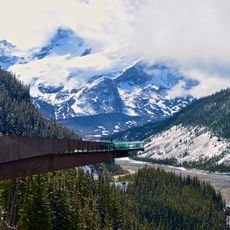
Columbia Icefield Skywalk
7.8 km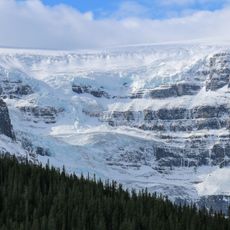
Stutfield Glacier
8.6 km
Castleguard Glacier
8.3 kmReviews
Visited this place? Tap the stars to rate it and share your experience / photos with the community! Try now! You can cancel it anytime.
Discover hidden gems everywhere you go!
From secret cafés to breathtaking viewpoints, skip the crowded tourist spots and find places that match your style. Our app makes it easy with voice search, smart filtering, route optimization, and insider tips from travelers worldwide. Download now for the complete mobile experience.

A unique approach to discovering new places❞
— Le Figaro
All the places worth exploring❞
— France Info
A tailor-made excursion in just a few clicks❞
— 20 Minutes
